The typically bustling main campus of Pennsylvania State University is quieter than normal. Many students are tuning in to classes online from their dorm rooms. A town ban on gatherings of more than 10 people limits social life off campus. Mask requirements make recognizing faces and making friends more challenging.
“I can tell that the university is trying their best to give returning and new students the full experience that Penn State has the potential to bring,” says Sophia Melocchi, 20, a junior. “It’s just not the same.”
Across the country, colleges have taken a range of approaches to the fall semester. A Chronicle of Higher Education tracker of nearly 3,000 colleges found that of those with firm plans, 19% are opening primarily in person; 27% are primarily online; and 16% are, like Penn State, a mix.
But all are facing a semester unlike any other.
Schools that brought students back to campus quickly have run into problems controlling their behavior. Some have criticized universities for shifting blame for coronavirus outbreaks onto the returning students. Penn State recently suspended a fraternity that threw a party with about 70 people, and it reprimanded other students for gathering, without masks and close together, in large crowds outside a residence hall. “I ask students flouting the university’s health and safety expectations a simple question: Do you want to be the person responsible for sending everyone home?” Penn State president Eric Barron said in a statement. As of Sept. 4, more than 200 students at Penn State’s University Park campus had tested positive for COVID-19 since Aug. 21, and Barron said that trend could force a shift to fully online classes.
That’s already happened at other colleges. Several clusters of coronavirus cases in dorms at the University of North Carolina at Chapel Hill led the school to cancel in-person classes and move to a fully remote model on Aug. 19, a week after classes began. At the University of Alabama’s Tuscaloosa campus, more than 1,800 students have tested positive for COVID-19 since returning to school.
The 40,000 undergraduates at Penn State’s University Park campus are hoping their institution does better. “I originally thought that we would be sent home or moved completely online within the first two weeks of school, but we’ll see how it goes, because it seems like the school has it under control,” says CJ Scoffone, 20, a junior. “I hope it gets better and goes back to normal.”
Katie Reilly, with reporting by Paul Moakley/New York

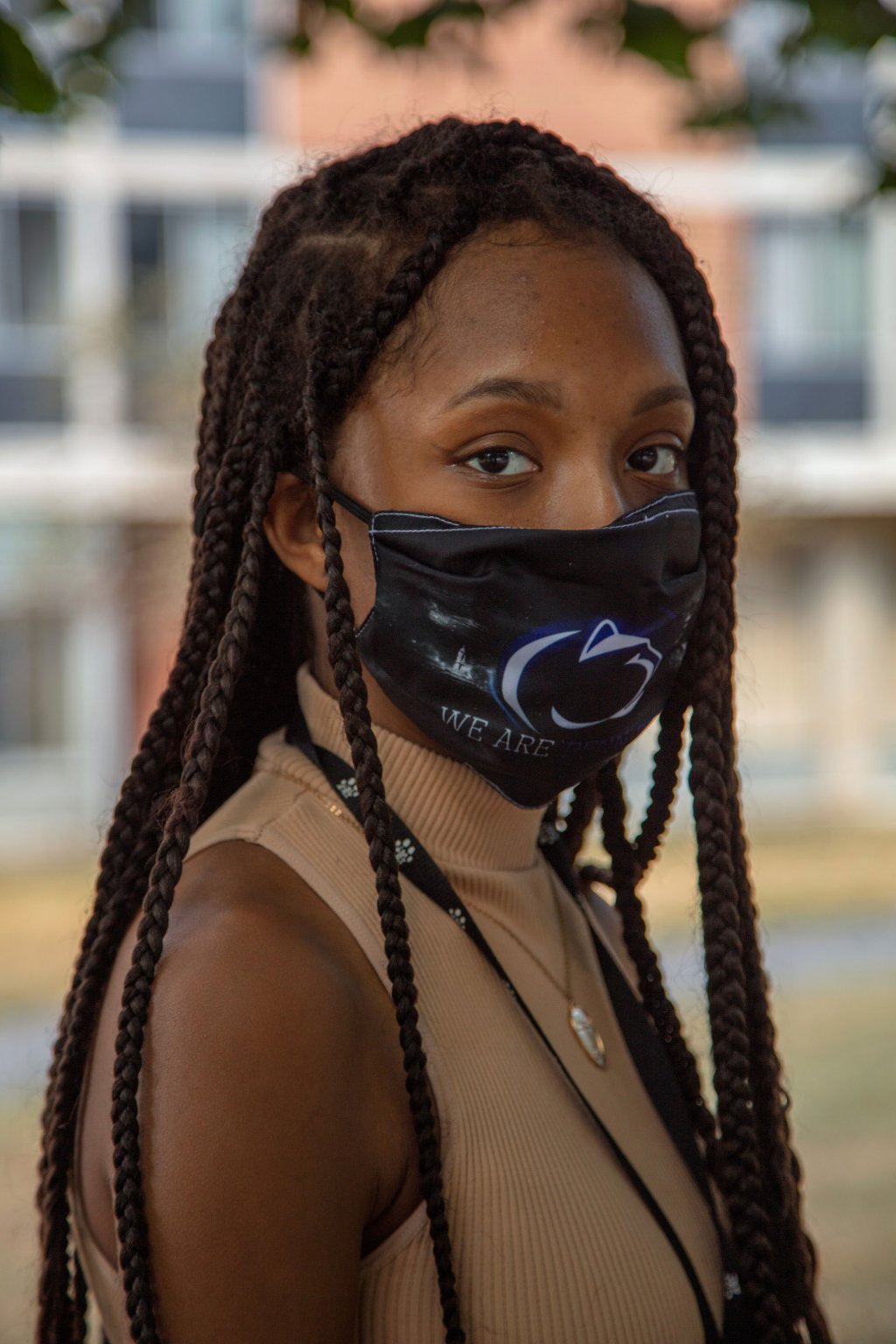
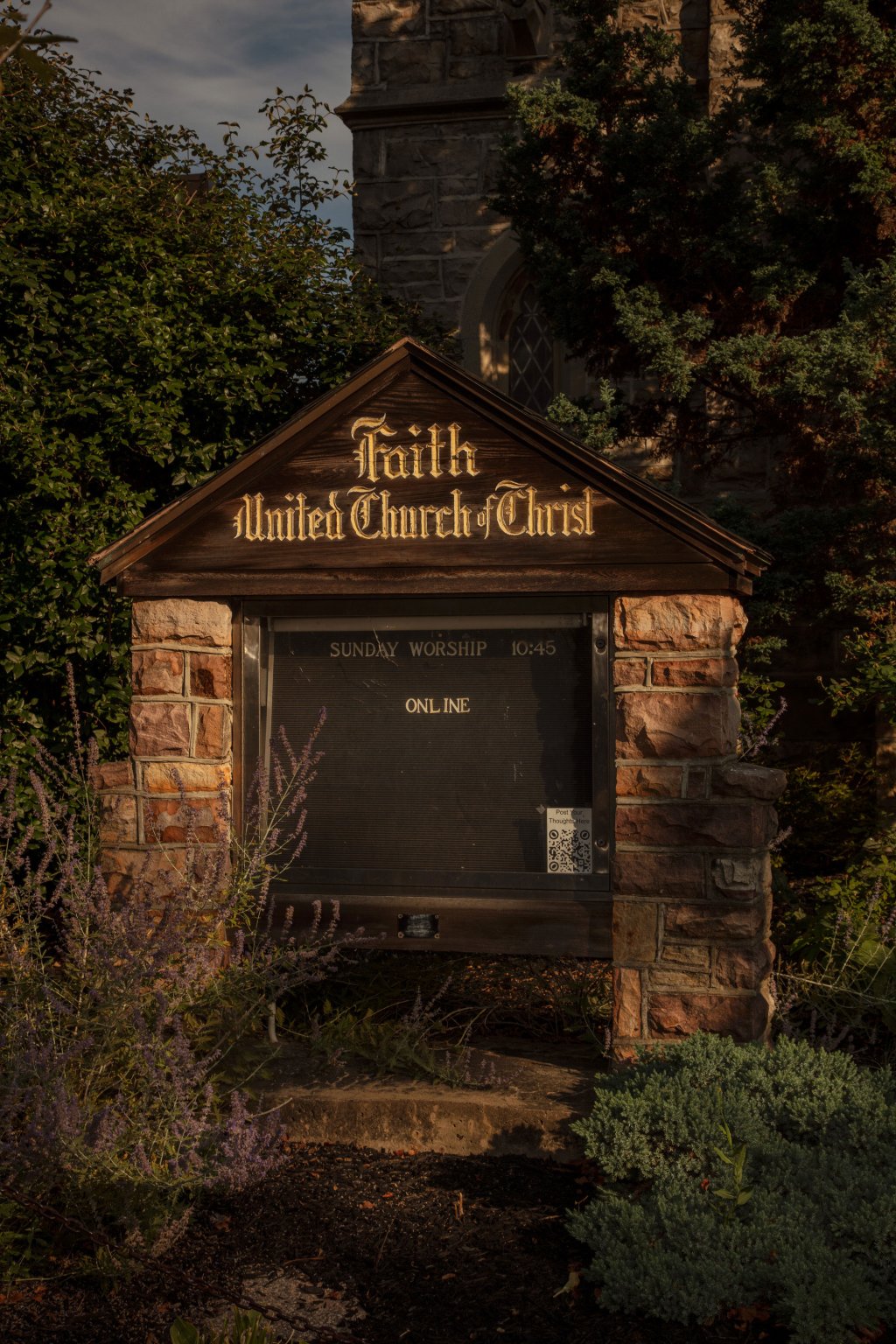

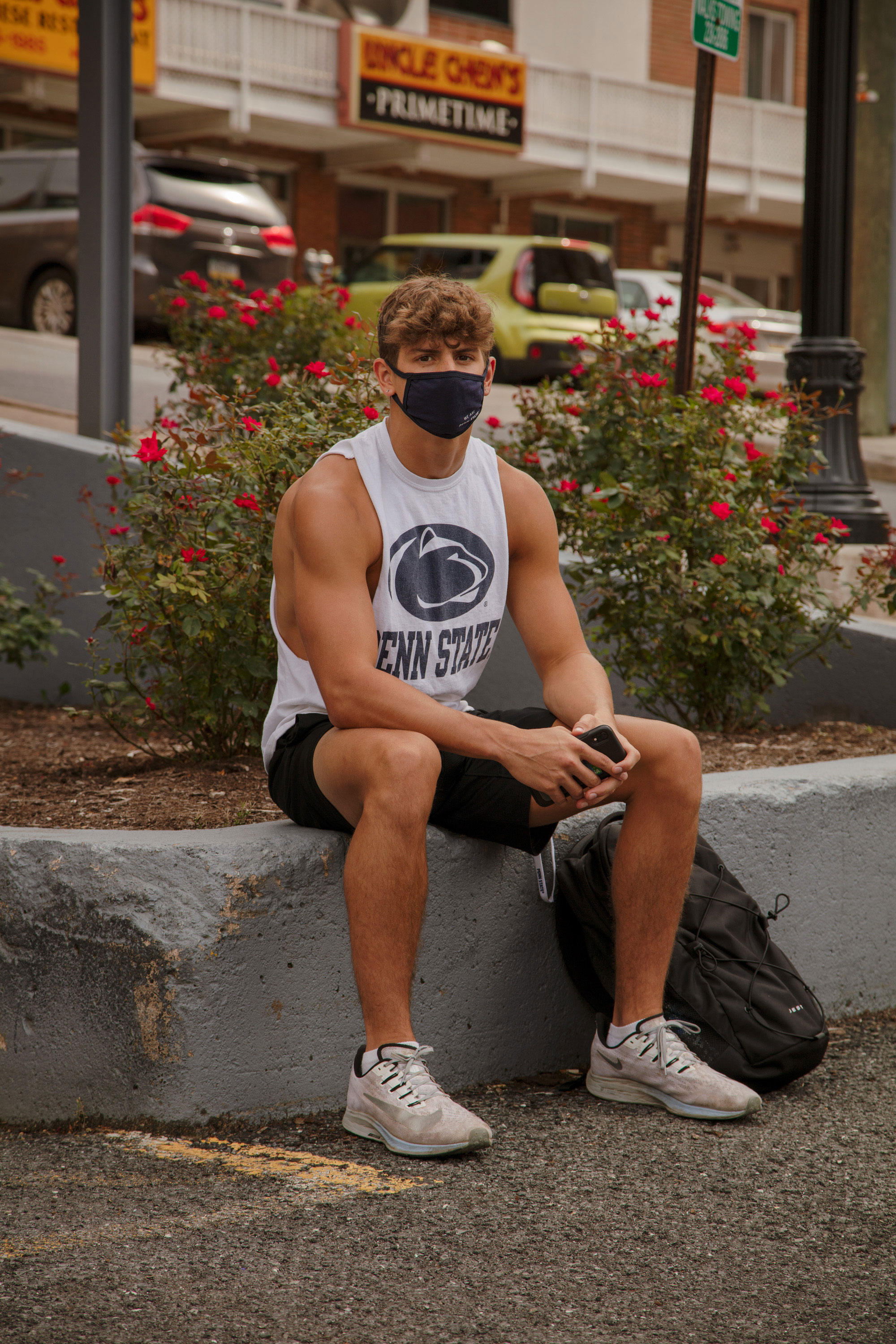
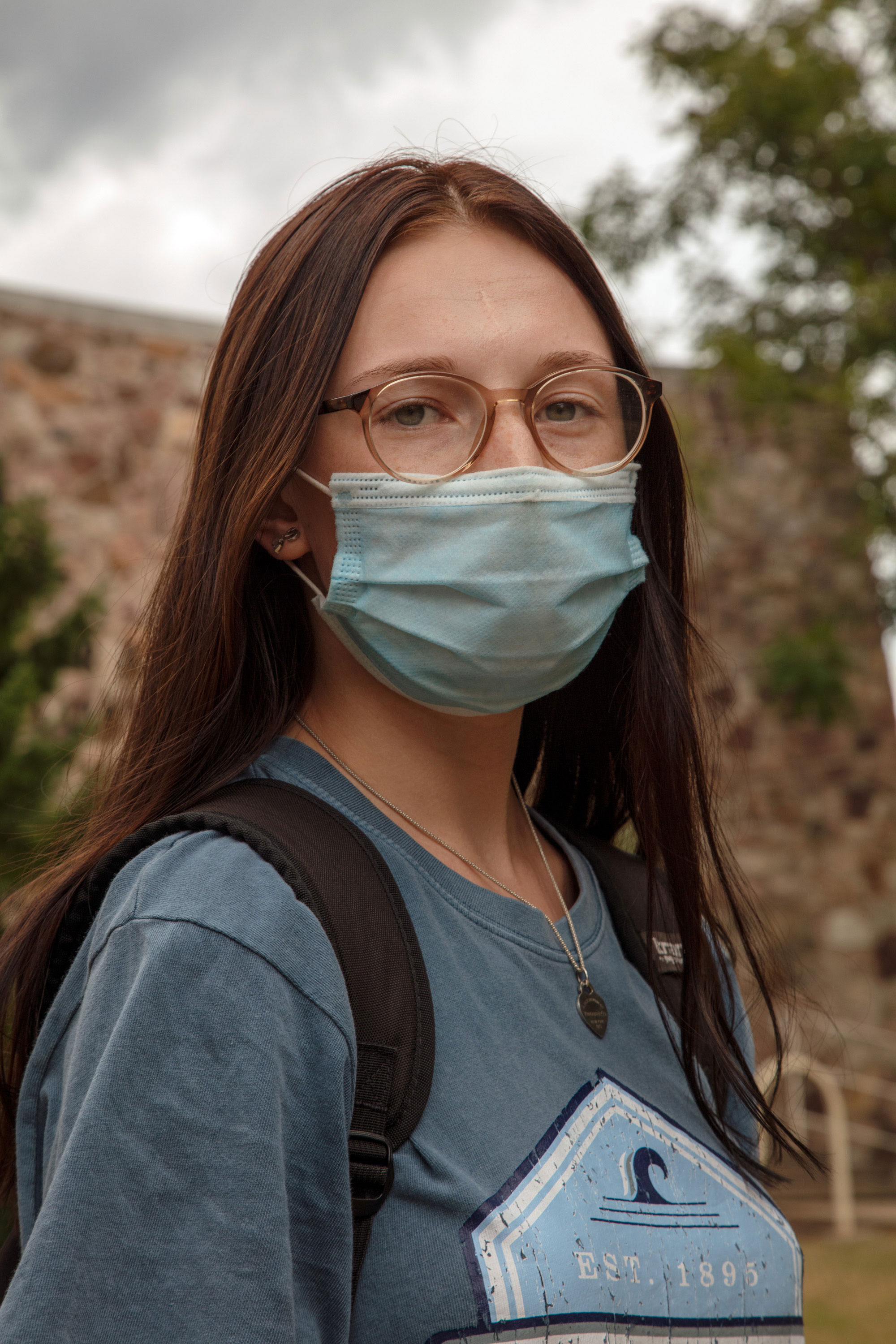


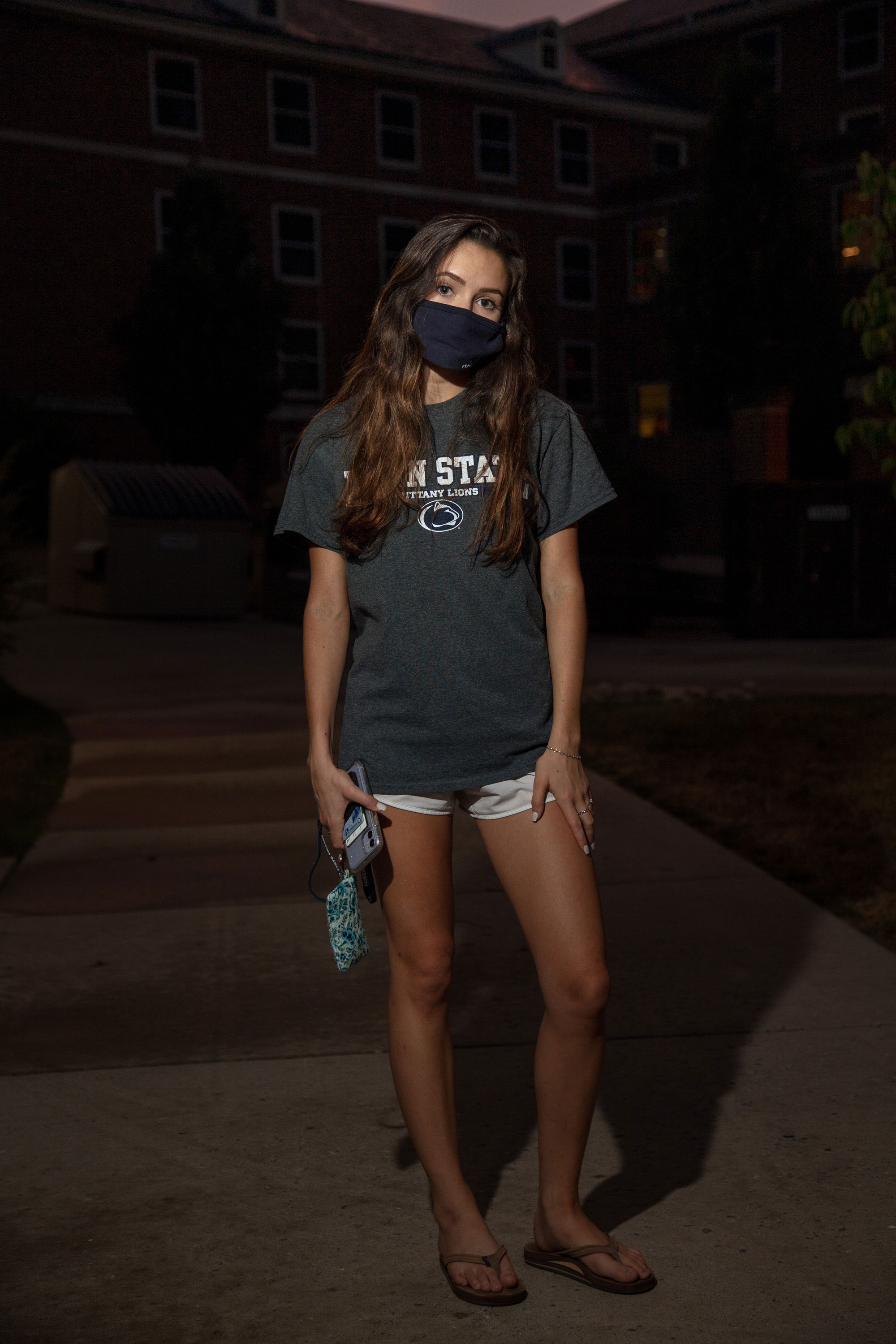
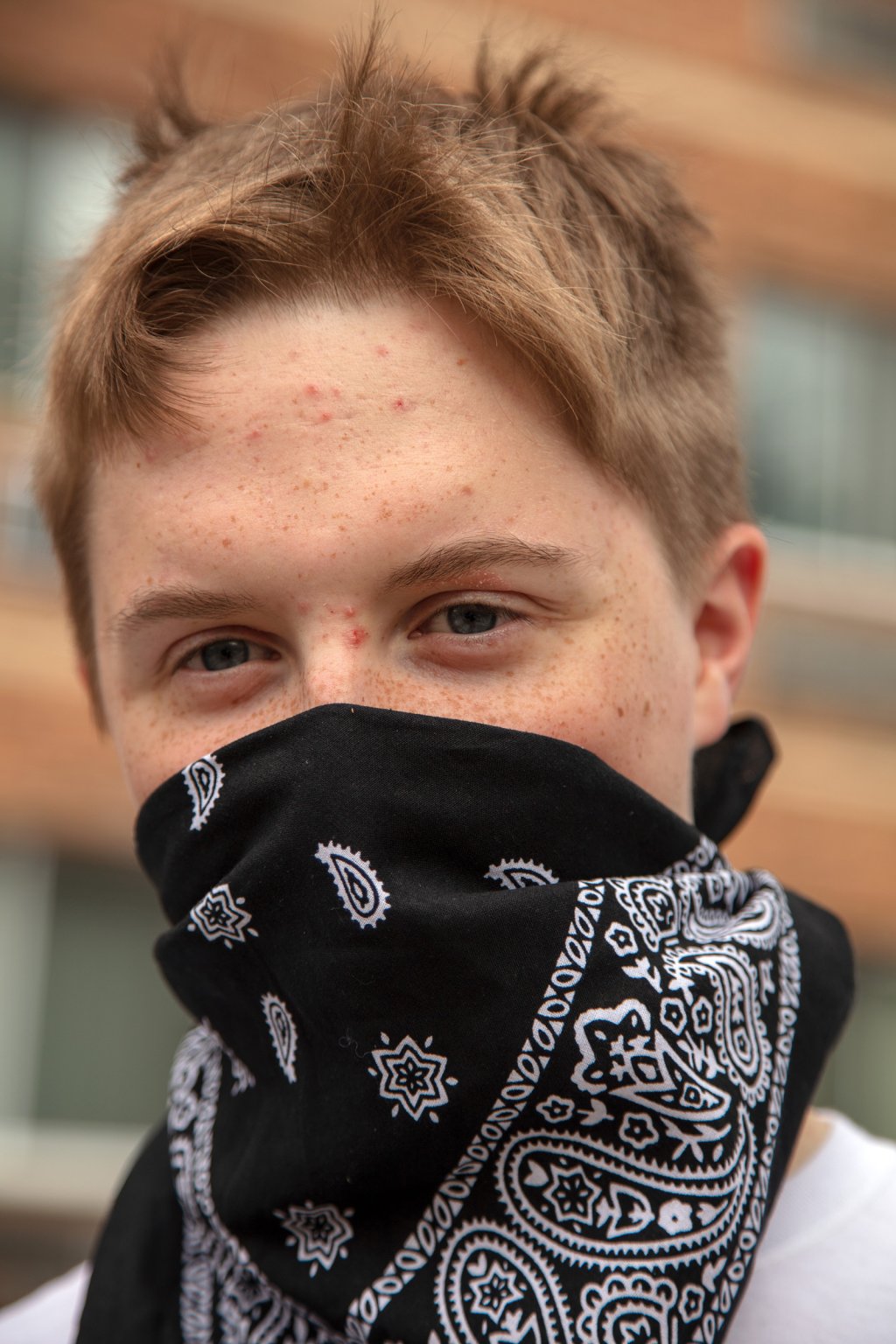
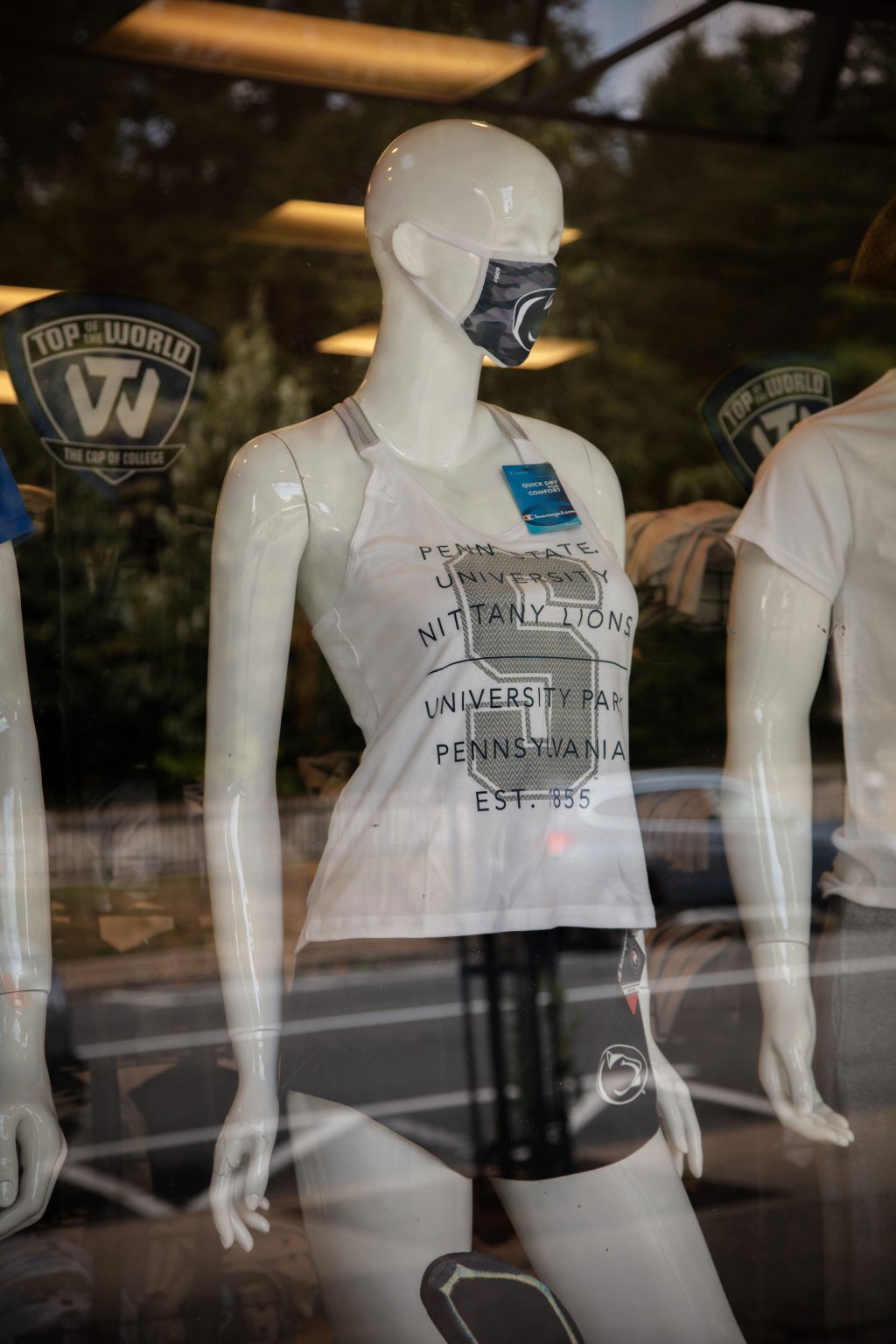
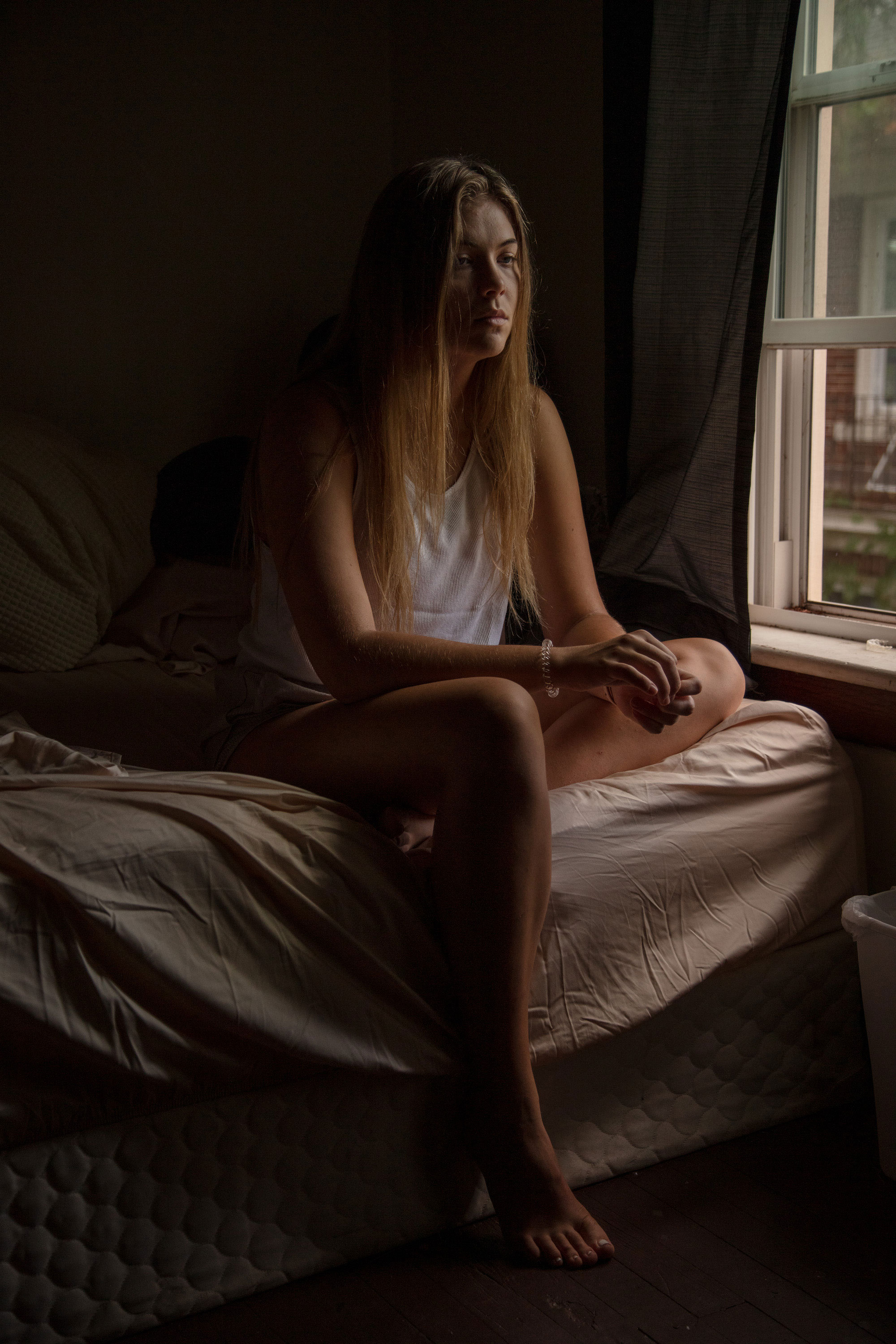
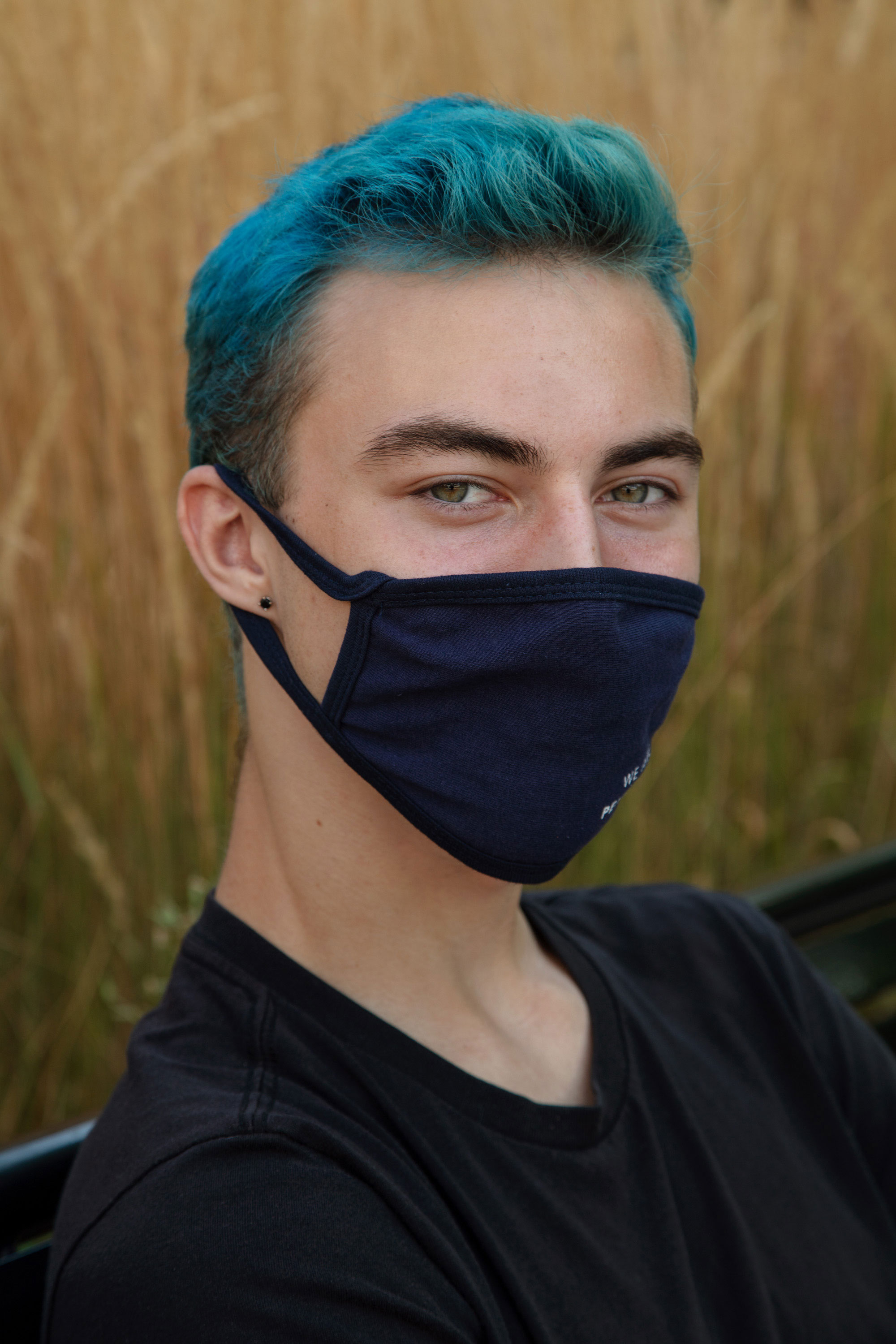
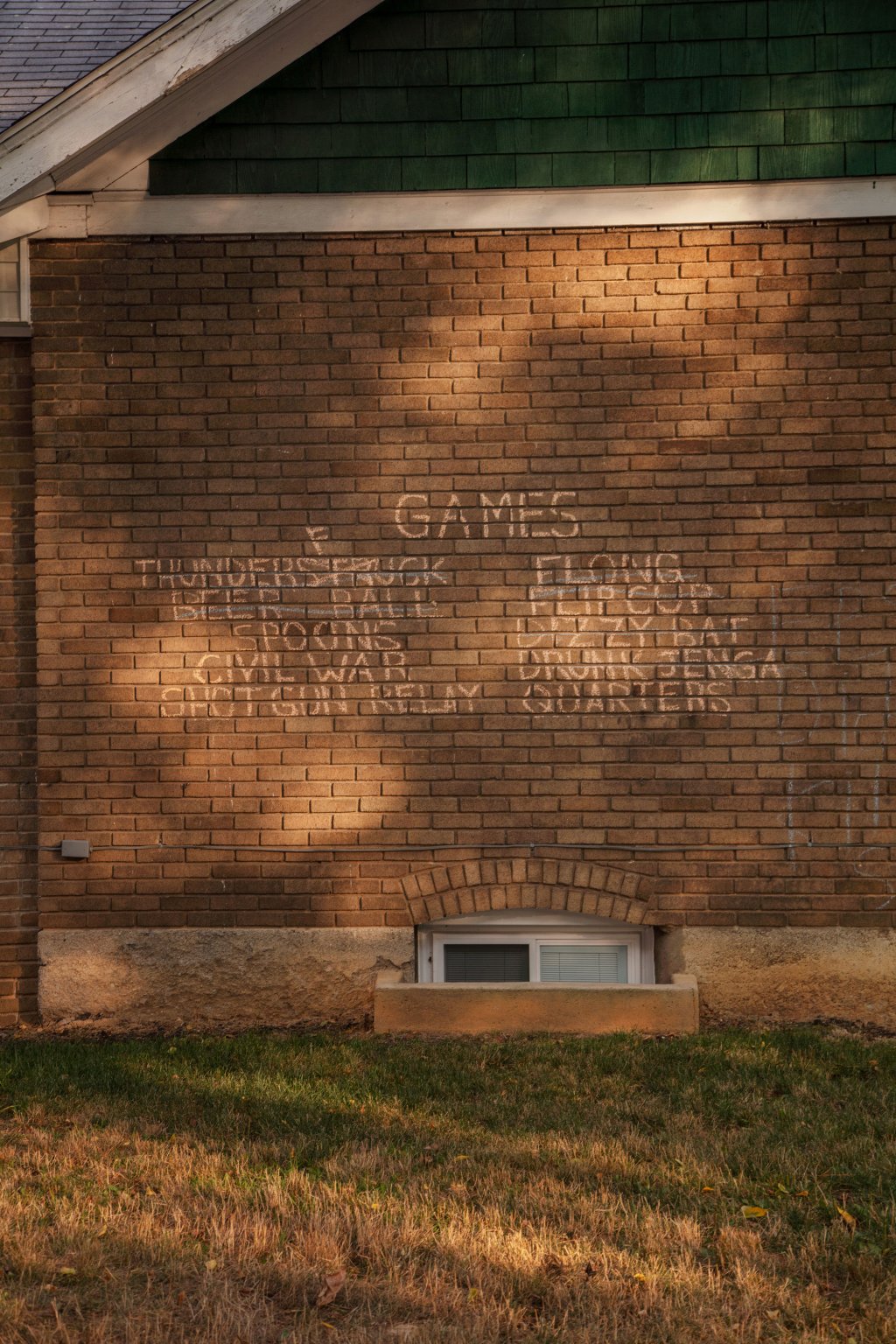

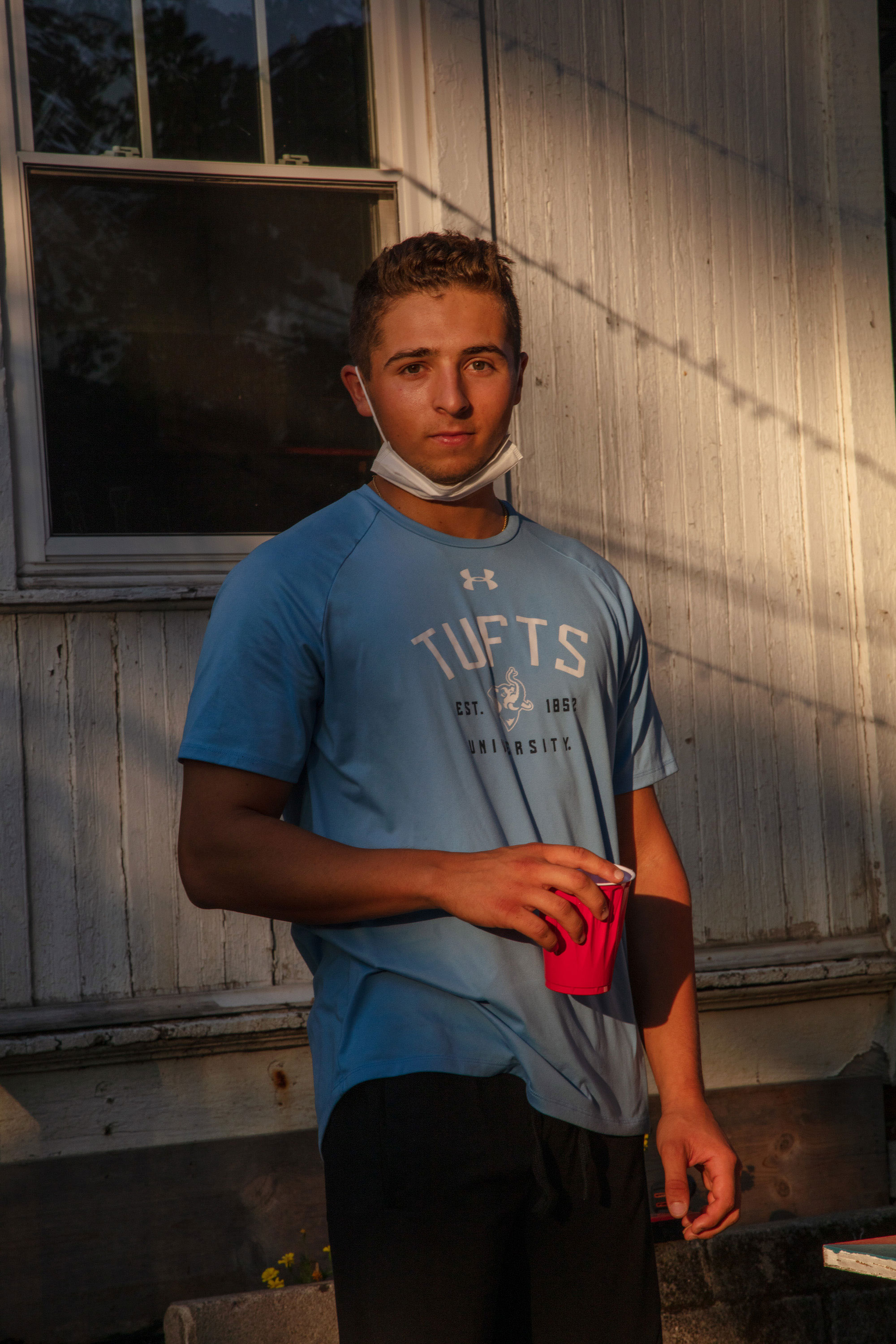
More Must-Reads From TIME
- The 100 Most Influential People of 2024
- Coco Gauff Is Playing for Herself Now
- Scenes From Pro-Palestinian Encampments Across U.S. Universities
- 6 Compliments That Land Every Time
- If You're Dating Right Now , You're Brave: Column
- The AI That Could Heal a Divided Internet
- Fallout Is a Brilliant Model for the Future of Video Game Adaptations
- Want Weekly Recs on What to Watch, Read, and More? Sign Up for Worth Your Time
Write to Katie Reilly at Katie.Reilly@time.com
